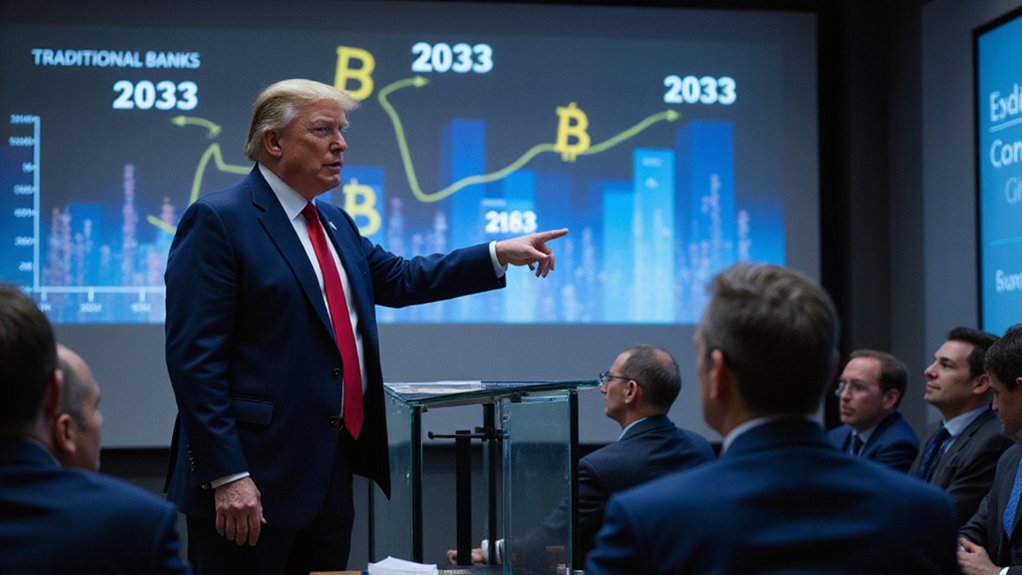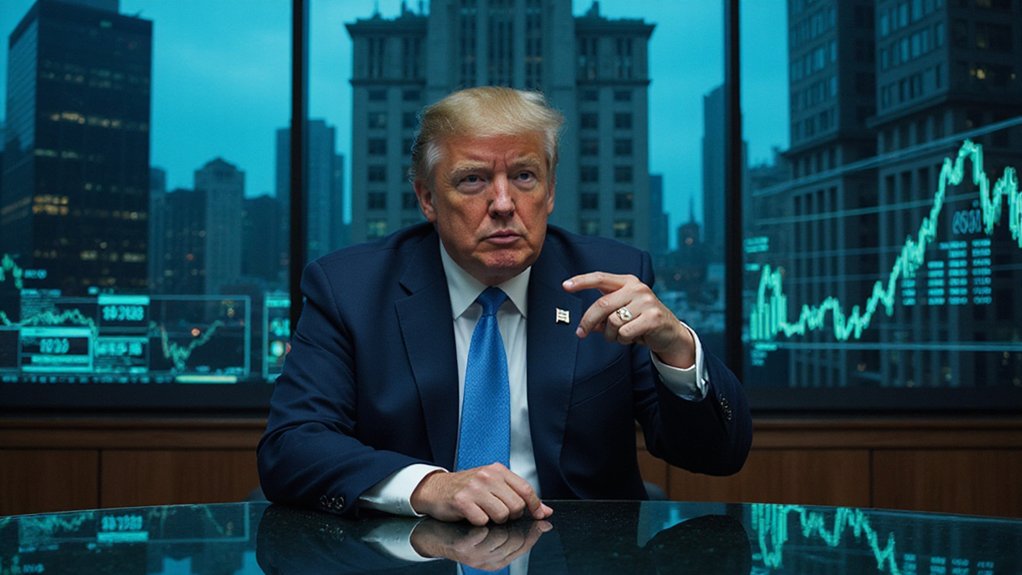As the cryptocurrency revolution continues its inexorable march toward mainstream adoption, Eric Trump has issued a stark ultimatum to traditional financial institutions: evolve or perish. During an April 30 CNBC interview in Dubai, the Executive Vice President of the Trump Organization predicted that banks failing to embrace cryptocurrency would face obsolescence within a decade—a pronouncement that sent ripples through financial circles already grappling with blockchain’s disruptive potential.
Trump’s assessment stems from firsthand frustrations with what he termed a “broken” financial system. He reserved particular disdain for SWIFT, the backbone of international banking transfers, calling it an “absolute disaster” due to its glacial processing times and exorbitant fee structures. This critique echoes growing dissatisfaction with legacy systems that seem increasingly anachronistic in an era where decentralized finance applications facilitate instantaneous wallet-to-wallet transfers at minimal cost.
The advantages of blockchain technology—with its immutable ledgers, disintermediated transactions, and resistance to centralized control—present formidable competition to traditional banking models. Solutions like Ripple offer vastly superior transaction capabilities, processing 1,500 transactions per second compared to traditional cross-border systems. Yet institutional resistance persists, exemplified by the Bank of Italy’s opposition to stablecoin growth and regulatory uncertainty that hampers widespread adoption.
This tension occurs against a backdrop of evolving global policy, as governments navigate the complex interplay between innovation and oversight. The emergence of Central Bank Digital Currencies represents one attempt by traditional financial powers to co-opt aspects of cryptocurrency while maintaining centralized control—a halfhearted concession that may prove insufficient.
Trump’s pronouncement follows his earlier prediction of Bitcoin reaching $1 million, suggesting a fundamental shift in how value will be stored and transferred. For banks accustomed to centuries of relative stability, the ultimatum presents an existential challenge: either integrate blockchain technology meaningfully into their operations or watch as their relevance diminishes in a financial landscape increasingly dominated by decentralized alternatives. The clock, it seems, is ticking.









